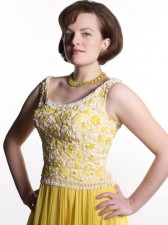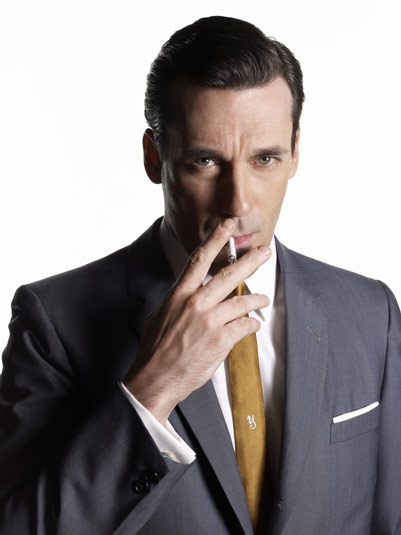A bias against the quirky
Madmen’s Don Draper, the enigmatic creative director at fictional Madison Avenue agency Sterling Cooper, is an appealingly unorthodox character. Don’s libertine tendencies are always in conflict with his craving for stability. It involves compromise, Don’s crooked path, but the baubles of success keep him provisionally tethered to the conventional. Of course, it’s a little more complex than that, as fans of the series know well.

Madmen offers us an incisive portrait of mid 20th century misogyny and the forces assembling against it. First and foremost, Don is a man. Being a man, and working in advertising, means that Don’s creative imagination is generally valued and used, rather than feared and demeaned. In contrast to Don, Peggy Olsen, the only woman at Sterling Cooper to escape the typing pool and enter the all-male coterie of copywriters, has to wade through the murky quicksand of gaining credibility without alienating the people upon whom she depends. Nurturing her creative imagination, is an entirely different story.
creativity and discomfort
Creativity is the raw fuel for innovation, creativity experts tell us. But the creative impulse is a fundamentally subjective one, and its trajectory is far from uniform. Innovation (product, service or policy) can only really arise if the conditions are right for individual creativity to collide with a collective purpose and process of conversion. Companies known for their creative edge, like Apple, Google and IDEO, appear to have the systems and processes needed to make this happen.

Peggy Olsen
Most organisations would love a dose of revenue making innovation, but only if it could be systematised, only if misfits like Don Draper could be kept in check – out of the executive caste, and out of the boardroom. These organisations have a bias against the quirky, say researchers from Cornell University and the Indian School of Business. Lead researcher Jennifer Mueller and colleagues in India and the United States, have revealed a significant correlation between being creative and being seen as poor management material.
Mueller notes: “There is discomfort when people encounter creativity.” This discomfort generates ambivalence and leads to assumptions about the creative person being ‘unfocused’, ‘quirky’ and ‘nonconformist’. Compared to people who come up with useful but not particularly original responses, creative types are perceived to lack leadership potential. Add being a woman to the mix, especially in a male dominated industry, and we are back in Peggy Olsen territory.
stand up, stand out
A 2010 survey of 1,500 CEO’s by IBM’s Institute of Business Value, named creativity as the single most important attribute for success in the future, and additional research shows that those who have their own creative ideas make for better leaders, not worse ones. Yet a deep bias against perceived ‘difference’ persists, creating a blind spot that can have negative consequences for organisations facing volatility and uncertainty, and needing more than ‘business as usual’ in order to survive.
As Don Draper said to a client who looked nervous upon hearing one of his radical makeover suggestions: “Look, it’s better to be the needle in the haystack, than the haystack.” Don’s utterances are often elliptical, but I think he means that it is better to stand out, to have some kind of singularity, than to be indistinguishable from the mass.
Wanting to be creative and knowing how to do it, are separate issues. The latter means leaving the comforting conformity of the haystack, and inviting the creative types to help map a path to the needle.



